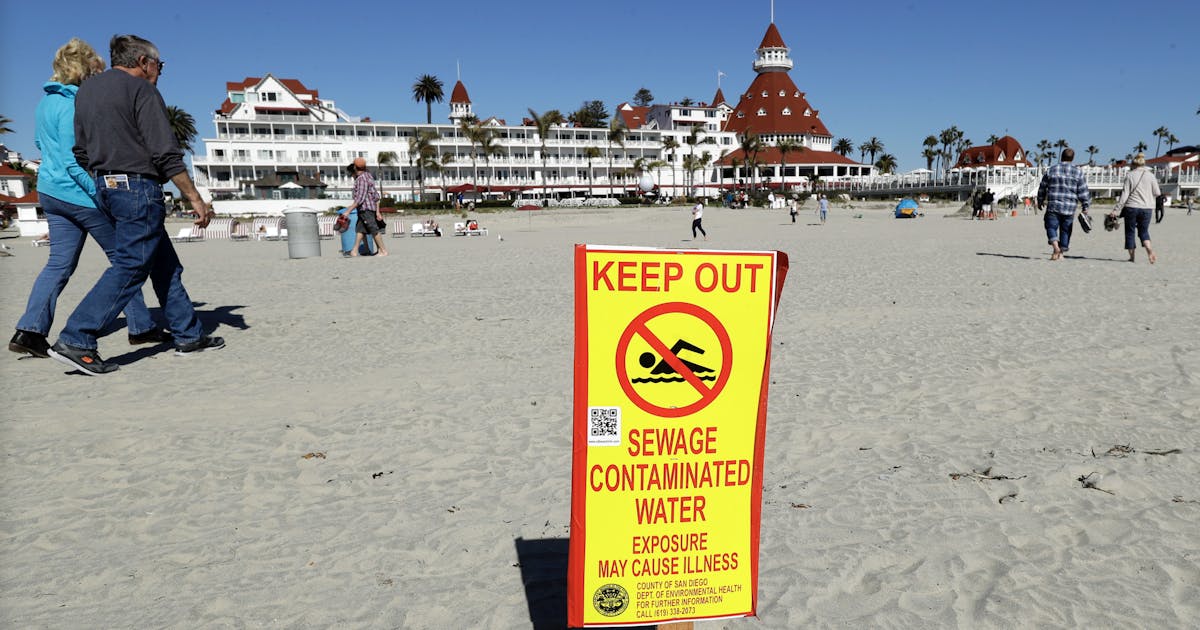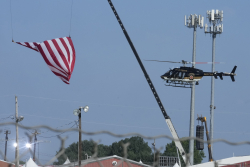When plans for a U.S. plant to treat Mexican sewage were first proposed, in the 1970s, they called for a facility big enough to handle 100 percent of Tijuana’s wastewater. Gradually, the plant-to-be was whittled down to a quarter of that size and simplified so that it could be built more cheaply, with the idea that upgrades would be made over time. David Gibson, an executive officer of the San Diego Regional Water Quality Control Board, said the IBWC plant was already outdated by the time it was completed, in 1997. “Design decisions that were made in the 1990s for that treatment plant, we’re paying for even now,” Gibson said. Without ratepayers to cover maintenance costs, the plant has also fallen victim to the Darwinian logic of the federal budget, receiving just $4 million for maintenance, cumulatively, from 2010 to 2020, a period when billions of additional dollars were allocated to border security. “This is like buying a nice Corolla in 1997 or a nice Ford, but you never change the tires, you never change the oil,” Gibson said. The plan now is to make overdue repairs and double its capacity. But the current funding, Gibson said, is “barely half” what’s needed “for the economy model.” He worries the region is on track to reprise nearly 100 years of sewage history, “outgrowing the infrastructure only a decade or so after it’s installed.”
Still, Gibson echoed the point of view I heard from nearly every American official I spoke to—that the only reliable solution to Tijuana’s sewage problem is building the infrastructure on the U.S. side. In this, sewage treatment for Tijuana seems destined to operate as something like an extension of the border wall, a constant, churning intervention made at the river’s mouth, rather than its source, whatever the price. “I don’t think Mexico in general has sufficient resources to attend to their problems,” Giner, the IBWC commissioner, told me. “How are we going to ensure this moves forward with sufficient resources after all of this is built?” she asked, referring to upgrades on the U.S. side. “Let’s say we’ve caught up. Once we catch up, we will have to answer that question.”
Nearly wherever you look, border politics in the United States is animated by a persistent myth: that with enough money and willpower, you could eventually seal off the countries from one another, like apartments that share a 1,954-mile wall. One way to describe decades of militarization on the border is that it serves to make Mexico invisible to residents of the United States. The same might be said of cross-border industrial development: porous to money and airplane parts, hardened to everything else. Straddling one of the busiest land crossings in the world, the Tijuana River offers a stubborn rebuttal, a reminder that both sides of the border constitute a single place. Once the poop is in the water, no amount of barbed wire can get it out.


